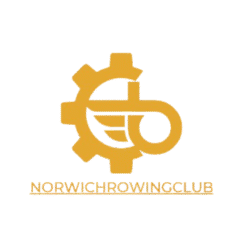Introduction:
Fashion is not just about clothing; it is a powerful form of self-expression, cultural identity, and a dynamic reflection of societal changes. As we step into a new era, the world of fashion continues to evolve, embracing innovation, sustainability, and inclusivity. This article delves into the latest trends and transformations in the ever-evolving realm of fashion.
- Sustainability Takes Center Stage:
In recent years, there has been a noticeable shift towards sustainable and eco-friendly fashion. Consumers are increasingly conscious of the environmental impact of their clothing choices, prompting designers and brands to adopt more sustainable practices. From recycled materials to ethical production processes, the industry is undergoing a significant transformation towards a greener future.
- Inclusivity Redefined:
Fashion is no longer confined to traditional standards of beauty. The industry is making strides towards inclusivity, celebrating diversity in size, ethnicity, gender, and age. Designers are now showcasing collections that cater to a broader range of body types, challenging stereotypes and promoting a more inclusive representation of beauty.
- Tech Meets Fashion:
Technology continues to influence the fashion landscape, blurring the lines between the digital and physical realms. Augmented reality (AR) and virtual reality (VR) are being integrated into shopping experiences, allowing consumers to virtually try on clothes before making a purchase. Additionally, smart textiles and wearable technology are creating a fusion of fashion and functionality, offering innovative solutions to everyday challenges.
- Nostalgia Revival:
Fashion has a cyclical nature, and designers often draw inspiration from the past. Nostalgia is making a comeback, with trends from the ’90s and early 2000s resurfacing in modern collections. Vintage aesthetics, retro silhouettes, and iconic fashion elements are being reimagined, creating a bridge between the past and the present.
- Gender-Fluid Fashion:
Traditional gender norms are being challenged as the fashion industry embraces gender-fluid designs. Many designers are moving away from rigid gender categorizations, opting for androgynous and versatile styles that can be appreciated by all. This shift reflects a broader societal movement towards breaking down barriers and embracing individual expression.
Conclusion:
Fashion is a dynamic and ever-changing form of art that reflects the spirit of the times. From sustainable practices to inclusivity, technological advancements to nostalgic revivals, the current state of fashion is a vibrant tapestry of creativity and innovation. As we navigate the future, it is evident that the fashion industry will continue to push boundaries, inspire change, and play a crucial role in shaping our cultural landscape.
